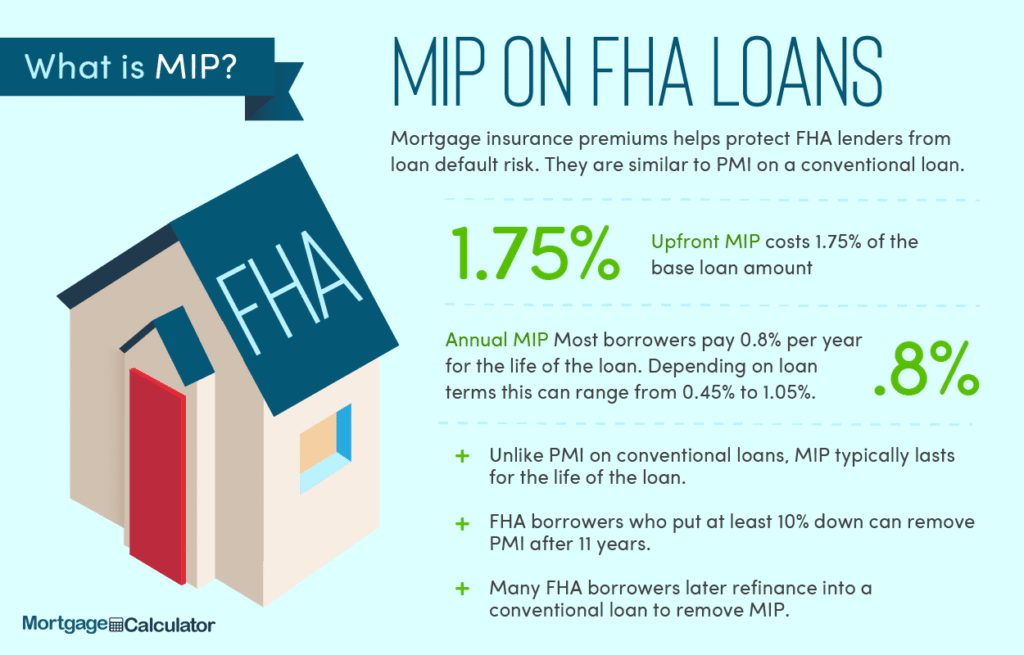The role of a financial advisor in the process of rebalancing your investment portfolio cannot be overstated. This delicate operation, if done correctly, can significantly influence your investment outcomes over time. In this elaborate exploration, we dive into why rebalancing is crucial and how an advisor’s expertise is indispensable in this task.
The Importance of Portfolio Rebalancing
Rebalancing is a strategy used to realign the weights of a portfolio of assets. It involves buying or selling assets to maintain a desired level of asset allocation or risk. As markets fluctuate, the original allocations of an investment portfolio can deviate from an investor’s preferred asset allocation, becoming either too risky or too conservative. 
Understanding Risk Tolerance and Asset Allocation
Before diving into rebalancing, it’s essential to understand the concepts of risk tolerance and asset allocation. Risk tolerance is the degree of variability in investment returns that an investor is willing to withstand. Asset allocation is the process of dividing an investment portfolio among different asset categories, such as stocks, bonds, and cash.
The Advisor’s Expertise
The financial advisor’s role is to help you understand your risk tolerance and to develop an asset allocation that aligns with your investment goals. This foundation is crucial for effective portfolio management and rebalancing.
When to Rebalance
Rebalancing is not a one-size-fits-all strategy. It depends on numerous factors, including market conditions, investment goals, and changes in an investor’s financial situation. Advisors have the tools and expertise to determine the optimal timing for rebalancing.
Methodologies for Rebalancing
There are various methodologies for rebalancing, including calendar-based and threshold-based strategies. Financial advisors utilize sophisticated tools to decide which method best suits their clients’ goals.
The Role of Technology in Rebalancing
Advancements in financial technology have streamlined the rebalancing process. Advisors now have access to software that can automate much of the work, ensuring portfolios remain aligned with investors’ goals with minimal manual intervention. 
Understanding Taxes and Costs
Rebalancing can trigger tax implications and incur transaction costs. Advisors can devise strategies to minimize these impacts, ensuring that the benefits of rebalancing outweigh the costs.
The Psychological Aspect
Rebalancing requires making counterintuitive decisions, like selling high-performing assets to buy lower-performing ones. An advisor’s role includes providing emotional support and guidance through these decisions.
Regular Monitoring and Adjustment
A key part of rebalancing involves regular monitoring of the portfolio. Advisors continuously evaluate investment performance and external market conditions to make timely adjustments.
Building a Long-Term Relationship
Successful portfolio management and rebalancing is a long-term endeavor. Building a trusting relationship with your advisor enables a more personalized and effective rebalancing strategy.
Setting Expectations
Effective communication between an investor and their advisor sets the right expectations for rebalancing. It is important to discuss the potential for short-term losses in service of long-term gains.
Customized Rebalancing Strategies
Every investor’s situation is unique, necessitating a tailored rebalancing strategy. Advisors take into account individual goals, time horizons, and tax considerations.
Global Market Considerations
In today’s global economy, rebalancing isn’t just about adjusting between stocks and bonds; it often involves considerations across different geographic markets. Advisors have the expertise to navigate this complexity.
Responding to Life Changes
Life events such as marriage, the birth of a child, or retirement can significantly affect an investor’s financial goals. Advisors play a critical role in adjusting the rebalancing strategy to align with these changes.
Transparency and Understanding
Advisors aim to demystify the rebalancing process, providing transparency and helping investors understand the rationale behind each decision. 
Conclusion
The significance of a well-executed portfolio rebalancing strategy cannot be underestimated. With the aid of a knowledgeable advisor, investors can navigate the complexities of the market, maintaining a portfolio that aligns with their goals and risk tolerance. The advisor’s role is critical in ensuring that portfolios are not only balanced but also positioned for long-term success.
Frequently Asked Questions
How often should my portfolio be rebalanced? The frequency of rebalancing depends on various factors, including market volatility and personal financial changes. It’s typically recommended to review your portfolio with your advisor at least annually.
Does rebalancing guarantee better investment returns? While rebalancing does not guarantee better returns, it is a critical component of risk management, helping to align your portfolio with your investment objectives.
Can I rebalance my portfolio on my own? While it’s possible to rebalance your portfolio independently, the complexity and emotional aspects of the decisions involved often benefit from an advisor’s expertise.
What are the costs associated with rebalancing? Costs can include transaction fees and taxes. However, an advisor can help minimize these costs through strategic planning.
How does rebalancing affect my tax situation? Rebalancing can trigger capital gains taxes. Your advisor can help implement strategies to manage the tax impact effectively.


